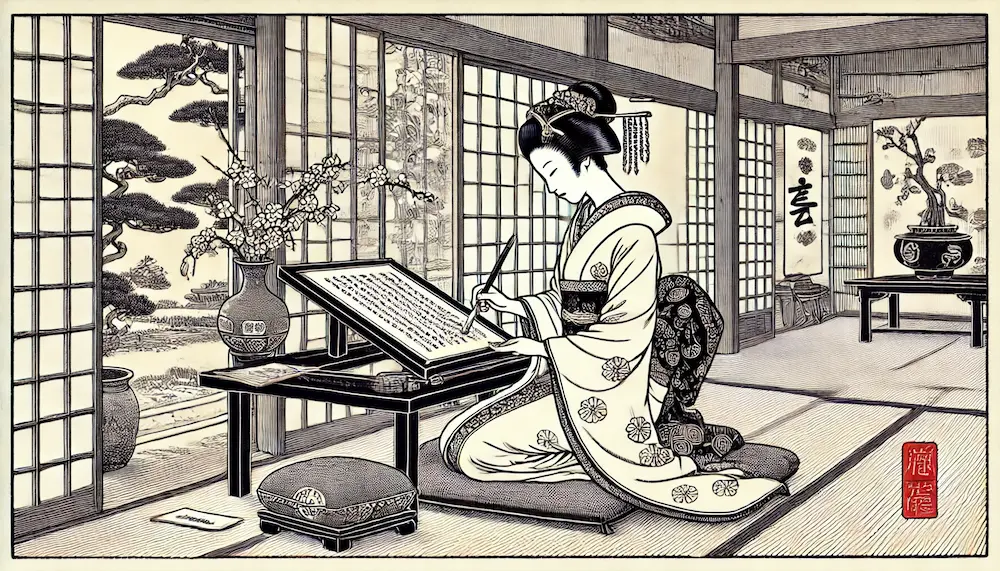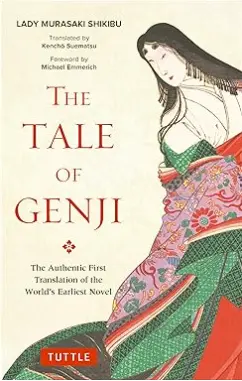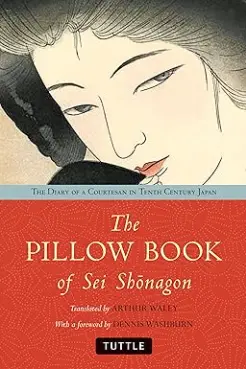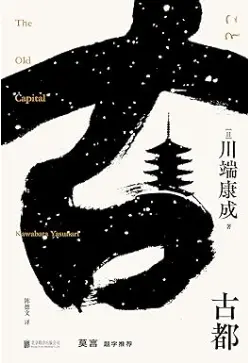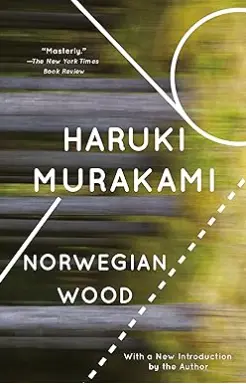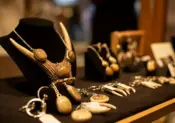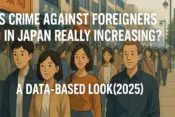Exploring the Linguistic and Literary Heritage of Kyoto: A Journey Through Time
Kyoto, the cultural heart of Japan, is not only renowned for its temples and gardens but also for its rich linguistic and literary heritage. This article will take you on a journey through Kyoto’s linguistic evolution and literary milestones, highlighting key historical periods, notable locations, and contemporary influences.
1. The History of Kyoto’s Language
Kyoto’s language has evolved over centuries, reflecting the city’s historical and cultural shifts.
From Ancient to Modern Times
Kyoto has been a significant cultural center since ancient times. The Heian period (794-1185) saw the development of court language, which greatly influenced the Japanese spoken today. This era’s refined speech and written forms set the foundation for modern Japanese.
The Influence of Court Language
During the Heian period, Kyoto was the capital of Japan, and the aristocracy developed a distinct language style known as ‘court language.’ This refined speech, characterized by its elegance and formality, influenced the Japanese language profoundly, leaving a lasting legacy in literature and formal communication.
Kyoto Dialect (Kyoto-ben)
Kyoto-ben, the local dialect, is known for its softness and politeness. Unlike other regional dialects, Kyoto-ben incorporates elements of the old court language, making it unique and deeply connected to the city’s history. Phrases like “ookini” (thank you) and the use of gentle intonations distinguish it from other dialects.
2. The Golden Age of Kyoto’s Literature
Kyoto has been the birthplace of many literary masterpieces, especially during its golden age.
Heian Period Literature
- The Tale of Genji
Written by Murasaki Shikibu in the early 11th century, this is often considered the world’s first novel. It provides a detailed portrayal of court life and the romantic escapades of Prince Genji. - The Pillow Book
Written by Sei Shonagon, this collection of essays, lists, and anecdotes offers insights into court life and the author’s personal thoughts during the same period.
■Recommended products
Tale of Genji
Murasaki Shikibu
■Recommended products
The Pillow Book of Sei Shonagon
Sei Shonagon
Medieval Literature
- Essays in Idleness
Written by Yoshida Kenko in the 14th century, these essays reflect on the impermanence of life and the aesthetics of simplicity. - The Tale of the Heike
An epic account of the Genpei War (1180-1185), this narrative highlights the rise and fall of the Taira clan and the samurai culture.
Edo Period Literature
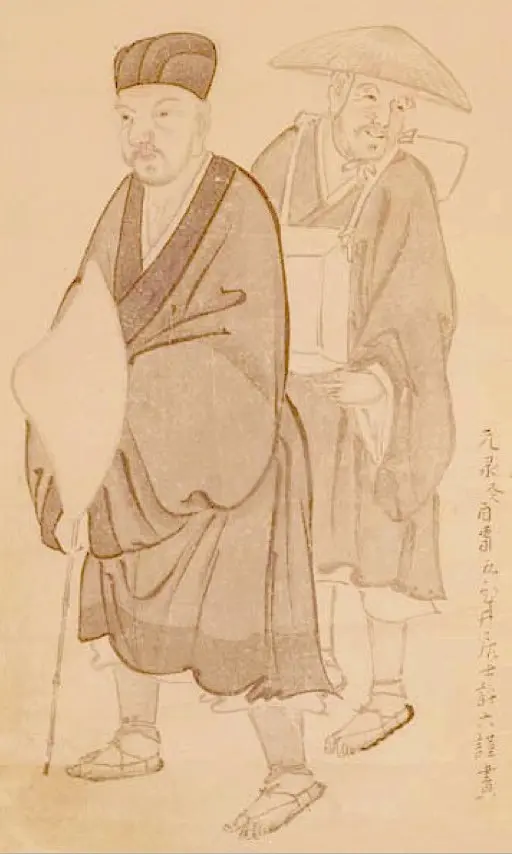
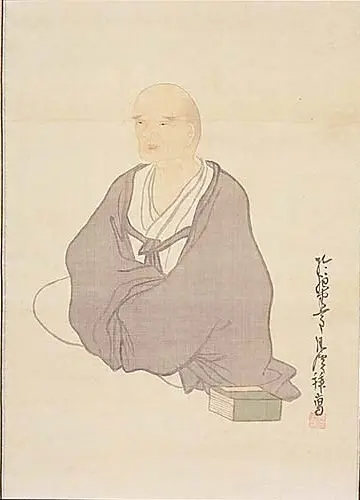
- The Development of Haiku and Senryu The Edo period (1603-1868) saw the flourishing of short-form poetry. Haiku, with its 17-syllable structure, was perfected by poets like Matsuo Basho. Senryu, a more humorous and satirical form, also gained popularity.
- Matsuo Basho and Yosa Buson Basho is celebrated for his profound haiku that capture the beauty and transience of nature. Buson, another prominent haiku poet, also made significant contributions to Japanese literature during this period.
3. Literary Landmarks in Kyoto
Kyoto’s literary heritage is not confined to books; the city itself is a living museum of literary landmarks.
Kiyomizu-dera
This iconic temple has inspired countless haiku and poems, offering stunning views of Kyoto that have captivated writers for centuries.
●Related Posts
→Kiyomizu-dera Temple: A Kyoto Must-See That’s More Than Just a UNESCO Site
Ginkaku-ji (Silver Pavilion)
Originally a retirement villa for shogun Ashikaga Yoshimasa, this site became a gathering place for artists and poets, fostering a culture of literary and artistic excellence.
●Related Posts
→Ginkaku-ji Temple: Unveiling the Unexpected Beauty of Kyoto’s Silver Pavilion
Kamo River
The tranquil Kamo River has been a source of inspiration for poets and writers, serving as the backdrop for numerous literary works.
4. Modern Influences of Kyoto’s Language and Literature
Kyoto’s literary influence extends into the modern era, shaping contemporary works and events.
Modern Literature Featuring Kyoto
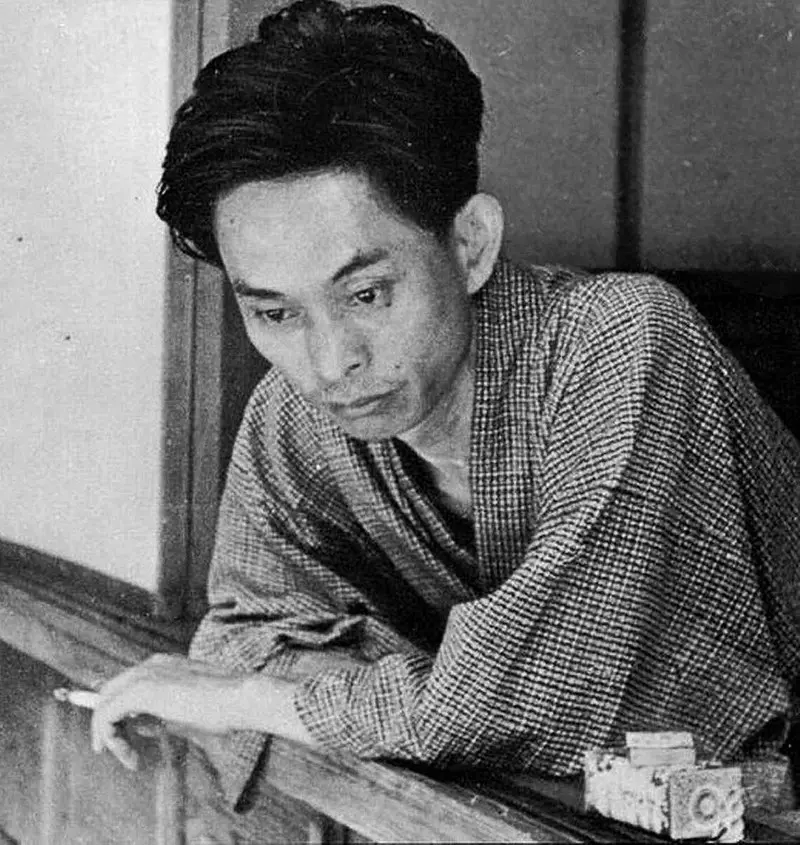
- Yasunari Kawabata
In his novel “The Old Capital”, Kawabata captures the essence of Kyoto’s traditions and changing landscapes, weaving a poignant narrative of loss and renewal. - Haruki Murakami
Murakami’s works often reference Kyoto, reflecting its deep cultural roots and mystical allure. His novels occasionally explore themes inspired by the city’s rich history.
■Recommended products
The Old Capital(Koto)
Yasunari Kawabata
■Recommended products
Norwegian Wood
Haruki Murakami
Kyoto Literary Events
- Kyoto International Literary Festival
This annual event attracts writers and readers from around the world, featuring readings, discussions, and workshops that celebrate literary culture. - Local Bookstores and Cafes
Kyoto boasts a vibrant literary scene with numerous independent bookstores and cafes hosting regular reading sessions and literary events.
5. Experiencing Kyoto’s Language and Literature
There are various ways to immerse yourself in Kyoto’s linguistic and literary world.
Literary Walks
Explore Kyoto’s historical sites through guided literary walks, where you can learn about the stories and poems associated with each location.
Dialect Workshops
Participate in workshops to learn Kyoto-ben, the local dialect. These sessions offer a fun and interactive way to connect with the city’s linguistic heritage.
Literary Cafes
Relax in one of Kyoto’s many literary cafes, where you can enjoy reading classic works or modern novels while sipping on a cup of tea.
Conclusion
Kyoto’s linguistic and literary heritage is a testament to the city’s rich cultural history. Whether you’re delving into ancient texts or enjoying contemporary works, Kyoto offers a profound connection to Japan’s literary past and present. Next time you visit Kyoto, take the time to explore its language and literature – it’s an experience that will deepen your appreciation for this remarkable city.
